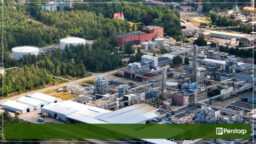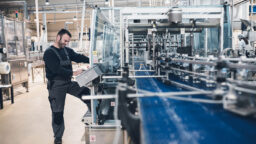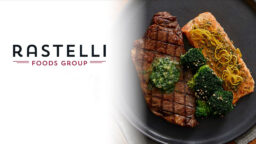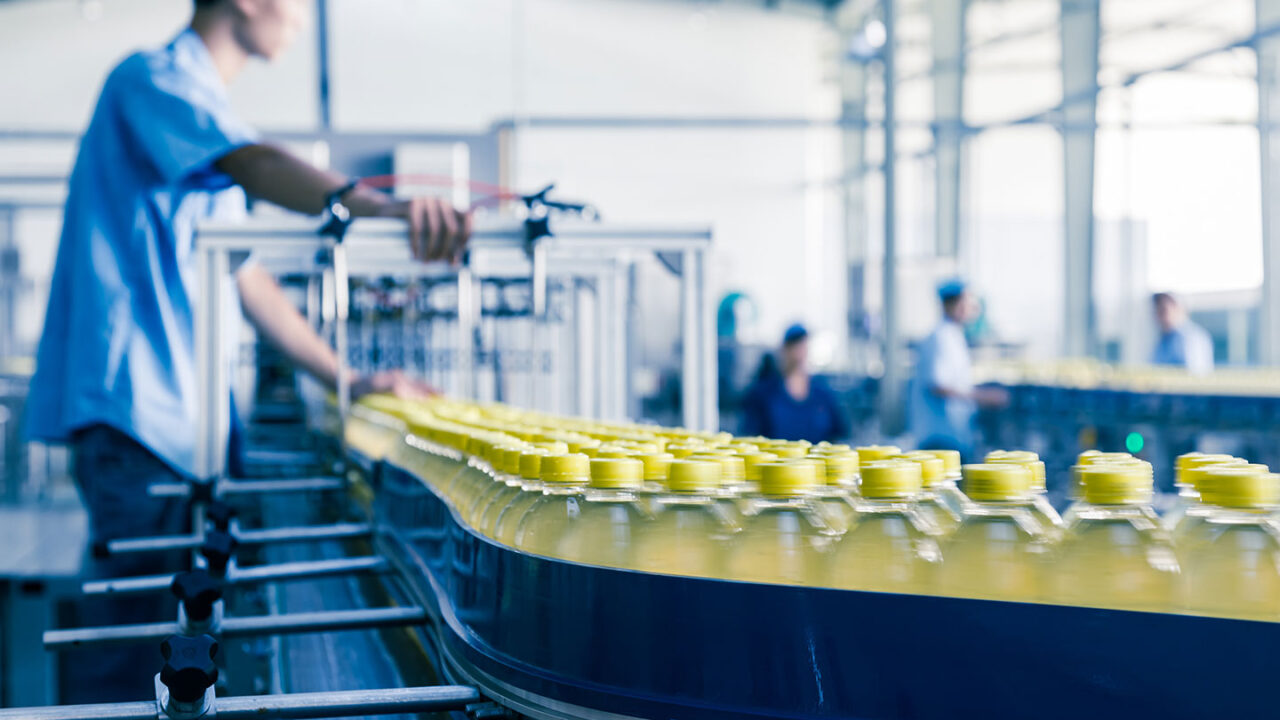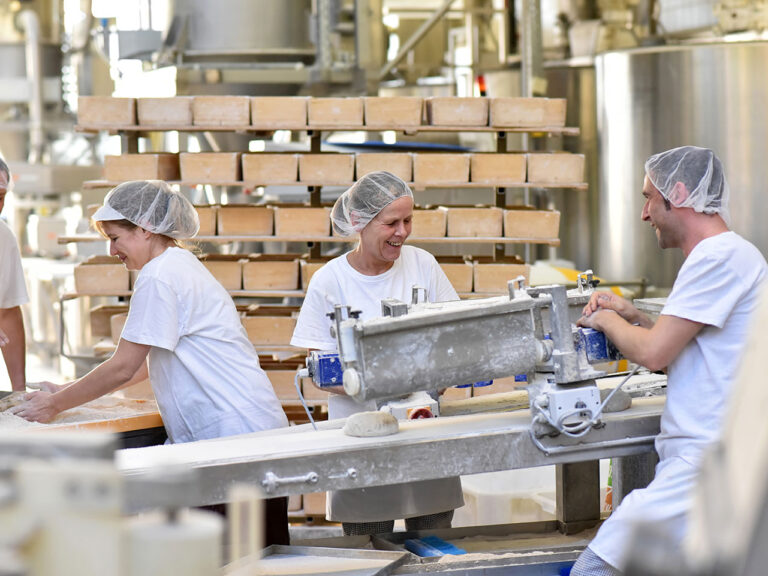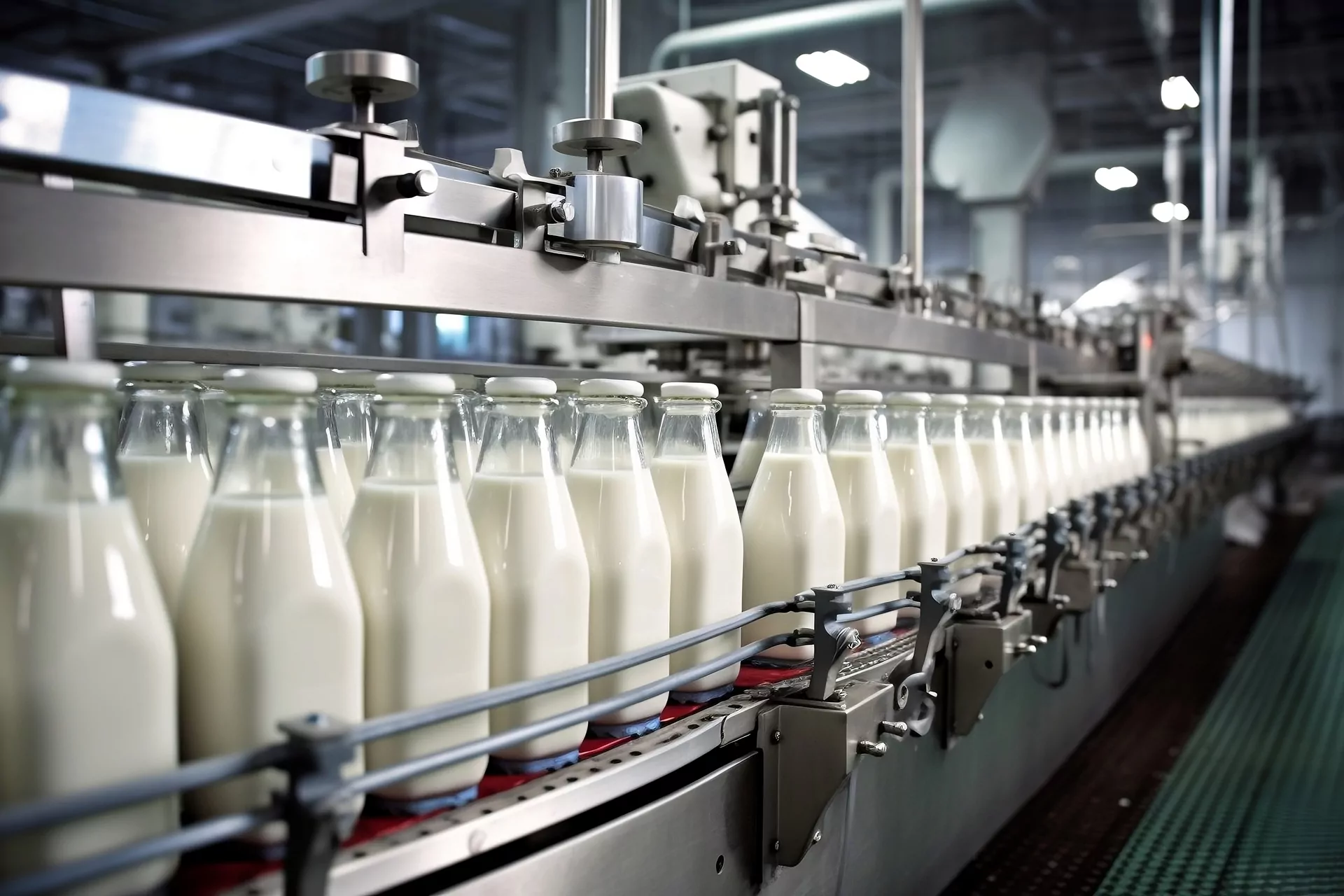Expiry dates, carcass balancing, and seasonality are just a few examples of challenges that need to be managed. Here, I’ve listed 10 things food and beverage companies should consider when selecting a supply chain planning solution.
Before moving to the list itself, I want to mention a couple of criteria that should be met before everything else. Without these basic capabilities, companies will never realize the full value potential of supply chain planning and optimization.
First of all, and this cannot be stressed enough! The solution must be able to plan the entire supply chain – from the initial demand signal right through to the final supply. And not sequentially, but as an entity where the supply chain’s overall performance is at the core. While point solutions for production, distribution, or inventory planning may help ease a specific problem, they will do little in terms of moving an organization away from the sub-optimal world of “silo” planning.
Secondly, the planning solution must consider all of your critical business rules, variable costs, and business constraints, as this is a fundamental requirement for any system performing real optimization.
With that said, here’s the list…
1. Scenario planning
Companies often face situations where they need to compare different scenarios but find it difficult due to the lack of proper decision support. ‘Should we invest in a new warehouse or outsource?’, ‘What are the implications of extending a promotion?’ or ‘What is the optimal number of permanent staff vs. casuals?’ These are decisions that can have a big impact on both short and long-term profitability.
A good solution will provide real decision support. Look for “What-if?” functionality that allows you to test and compare different scenarios quickly. You should be able to change the supply chain structure or any of the modeled costs and constraints to reflect your idea, perform a test run, and compare the outcomes.
2. Resource utilization
Resource utilization can have a massive impact on profitability for food and beverage companies. One example is staffing, where companies must find the best balance between skill, versatility, and cost.
Firstly, people need to have the right skill sets for the job, and then decisions need to be made about allocating overtime versus casual labor. Any planning tool under consideration should be able to identify the best mix of resources for optimal utilization.
3. Dealing with ‘must-use’ materials
Some food business segments require that all raw materials must be used, regardless of demand. For example, a meat producer would generally not have a balanced demand for the entire animal – a chicken producer might have more demand for breast than for thighs and drumsticks. But to get the chicken breast, the bird still needs to be killed, leaving surplus material that needs to be used. The producer is now left with a mixed (pull and push) planning challenge.
A good planning tool will ensure you get the correct mix of push and pull. Performing this balancing act is virtually impossible without the appropriate optimization techniques – so strong optimization capabilities should be a pre-requisite. (If you’d like to know more about carcass balancing, try this post about how New Zealand’s biggest meat producer ANZCO maximizes the value of each animal or this one about how to balance the bird).
4. Storage and distribution
Does it make sense to buy a larger quantity at a discounted price and take the hit on higher stock-holding costs? Is it cost-efficient? Do I have the storage capacity, or would I have to go 3rd party? Do I risk running into shelf-life issues? With the right planning tool, questions regarding stock levels and storage can be answered quickly and optimally.
Distribution costs also need to be considered. An effective planning tool should optimize logistics as a part of your overall supply chain, along with your production, procurement, and inventory. If you’re in a shortage situation and you can’t fulfill all demand, the solution needs to understand what demand to prioritize, including the cost of distribution.
5. Expiry date management
Most food and beverage products have expiry dates, which causes some particular challenges for the industry. Producers often face the dilemma of steadily building stock over time (risking expired stock) or using overtime or casuals closer to the time of demand (with a more costly payroll).
An ERP system can’t solve this problem on its own. You need a planning solution that can figure out the best way to manage these products, considering the current stock, expiry dates, set-up times and costs, plus the cost of carrying stock.
6. Promotion management
The marketing department wants to run an aggressive promotion, and you need to manage this from a supply chain perspective. This is an area full of challenges: ‘What are the risks, and where is the breakpoint?’, ‘If we reach the breakpoint, what issues are we going to face? ’. On top of this, you need to consider potential material shortages, production problems, product mix issues, etc.
A planning tool should allow you to simulate every aspect of a promotion, allowing you to evaluate the expected outcome before pulling the trigger.
7. Dynamic batch sizing
Bigger batch sizes generally mean lower production costs but more inventory and expiry-date exposure. The traditional way to manage and set batch sizes is to perform an annual review and determine a fixed batch size based on the outcome. This approach is far from ideal, as it doesn’t consider the fluctuations in both supply and demand that occur throughout the year.
By using dynamic batch sizes that take into account the most recent demand figures, set-up times and costs, as well as costs for overtime and storage, and the product’s shelf-life, businesses can often realize big cost savings. So if you want to benefit from plans based on optimal batch sizes, look for a solution with this optimization functionality.
8. Surplus stock management
When sales teams don’t have clear visibility of surplus and expiring stock, companies tend to end up with a combination of fire sales and price erosion. Customer service takes a hit as well due to a lack of understanding of the available stock.
With a planning tool that provides forward visibility of any excess and expiring inventory, sales can put the right plans in place to maximize sales and minimize waste and heavy discounting.
9. Optimal stock-build
There are all sorts of reasons why a business in the food and beverage sector might need to build stock to meet demand at a later point in time. Seasonal variations and promotions can significantly impact demand, while vacations, public holidays, and required maintenance all limit the ability to supply during certain periods.
The advantage of a planning tool that incorporates optimization techniques is that it doesn’t just create a plan that works; it finds the single best plan that balances supply and demand for maximum profit. This is done by weighing up the cost for overtime and/or outsourcing versus the costs associated with pre-building and holding stock – all within the product’s shelf-life restrictions.
10. Managing capacity
Food and beverage businesses are characterized by their expensive assets, which need a high utilization rate to pay for themselves. At times of lower demand, production lines are not always fully utilized. It’s important to identify this early, while there’s still time to do something about it. On the other side of the coin, when demand is high, it is equally important to understand where the bottlenecks are and their impact.
The right planning tool will do exactly that – identify any surplus capacity and let you know how to convert it into increased sales. This is an important input for promotion planning, and it allows companies to shape a demand plan that yields maximum profit for the business.
There you have it. The 10 things I believe food and beverage companies should be looking for when evaluating a planning tool.
If you’d like to find out more about how Optimity works with food and beverage companies to optimize their supply chains, get in touch, we’d love to talk.
Get all the latest industry trends, updates & news from Optimity



